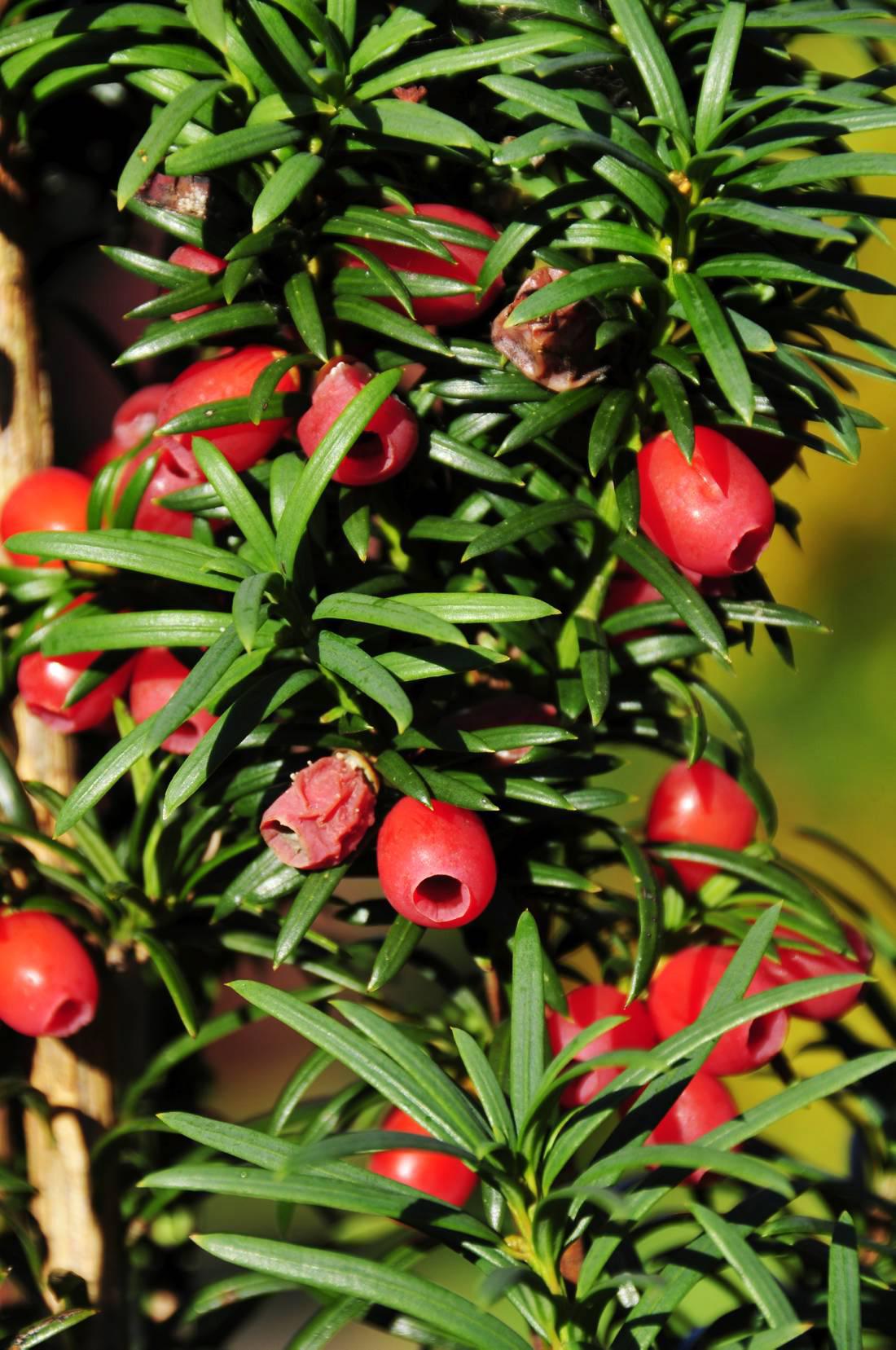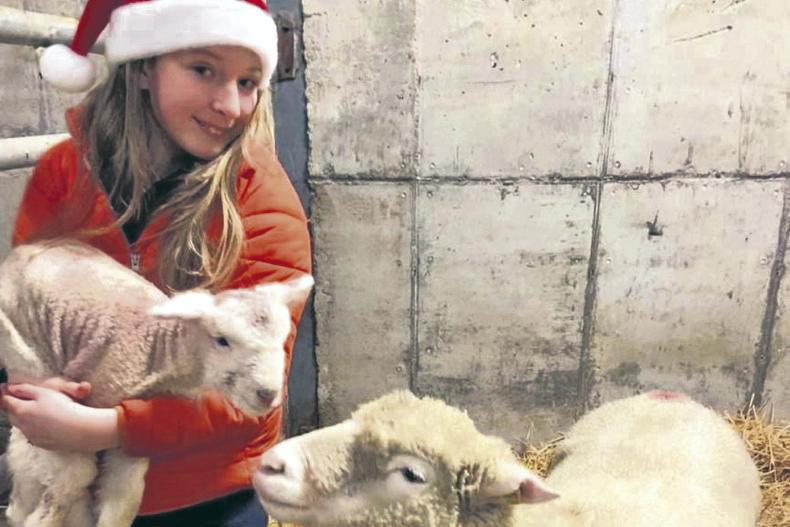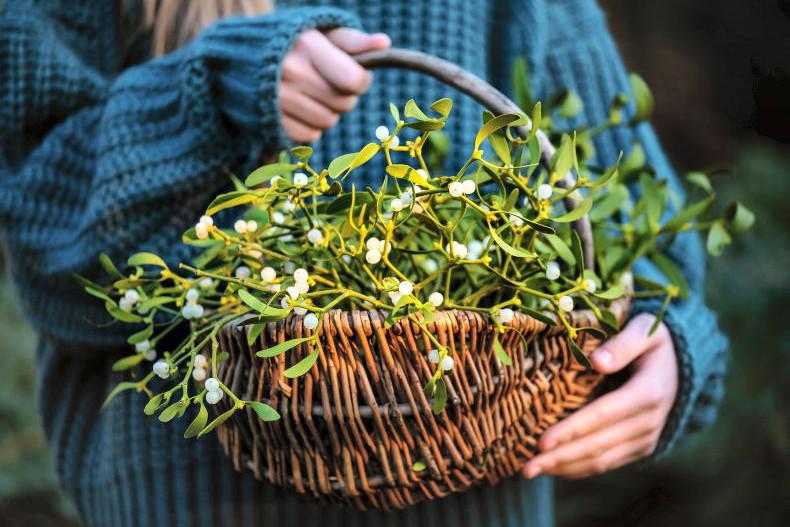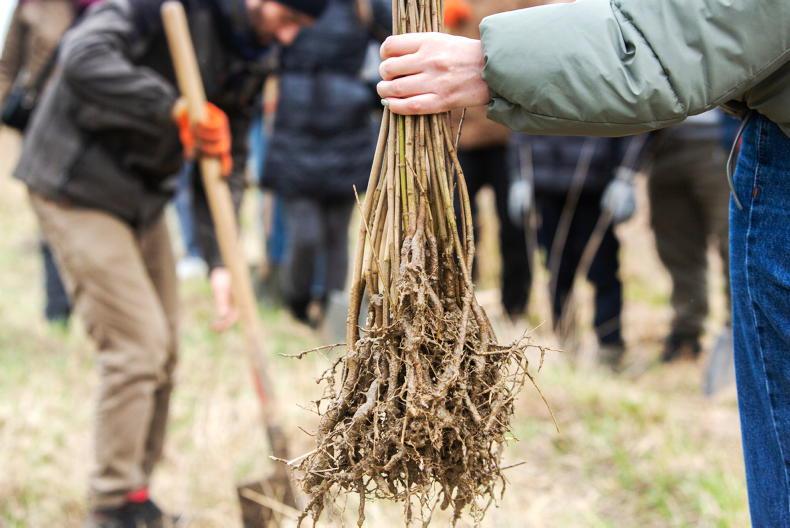Yew is one of only three Irish native conifers. The others are Scots pine and common juniper, the latter being really only a shrub and often ground-hugging. According to some botanists, the pine might not qualify as a native. Yew is very distinctive, with dark-green soft needles arranged in two opposing rows along the twigs. There are stands of wild native yew trees in parts of the Killarney National Park and individual trees appear in other parts of the west and north of the country. However, in most cases yew trees have been planted.
Yew is one of the longest-lived trees of any kind and there are plenty of examples of very old trees. Some are connected with monastic settlements and date back several hundred years, but the age of some trees can easily be exaggerated as this tree takes on a look of great age when its true age might be a good deal less.
The wild yew is a wide-spreading tree, growing about 10 to 15 metres tall and with the same spread, giving it a conical shape. The older branches hang down to form a skirt of foliage that makes the ground underneath very dark and makes it difficult for other plants to compete.
The wood of the yew tree was famously used to make archery bows in the Middle Ages and was one of the reasons the tree was widely planted. It long had high status among treed in ancient times because of its ability to stay green all winter when other trees had shed their leaves. The plain sort of yew is used for garden hedges and makes an excellent formal hedge. It takes clipping very well and can be clipped with great precision and neatness, owing to its fine leaves. It is very long-lived as a hedge, not becoming bare at the base, which is the problem with cypress hedges.
Also unlike cypresses, yew can be cut back as hard as desired, even to the ground, and it will sprout and furnish itself again and can be rejuvenated at any age.
While the native yew makes a fine garden tree, and is excellent for making a hedge, this original form has been surpassed in numbers in gardens by the upright Irish yew, which was discovered in Co Fermanagh in the 18th century. It is a female tree with berries, as shown in the photograph.
This form has been used in churchyards and gardens in many countries. It makes a fine avenue of upright trees and can be clipped to shape. As the trees get old the branches tend to open up and lose some of its upright nature.
Trees that are beginning to open are sometimes wired to hold the branches in place.
There is also a yellow variegated upright form. A selection from this, called Standishii, is more narrow and a lighter shade of yellow and is slower growing.
Summergold is the exact opposite – a wide-spreading, low-growing golden form.
Yew is easy to grow in any ordinary, well-drained soil, be it acidic or limy. It likes a layer of decaying leaves, usually its own needles, over its roots.
It is very competitive, casting heavy shade and filling the soil with roots that draw up the available moisture. Yew is largely free of pests and diseases, although some trees have died back in recent years from phytophthora, a root and trunk disease. All parts are poisonous, including the seeds, except the red fruit flesh which is insipid.
There is a well-known risk to livestock by grazing the foliage, fresh or withered, and access to yew trees should be prevented.
Yew is the source of an important anti-cancer drug taxol, which is now synthesised. The active substance was originally discovered in the bark of a yew tree in America in 1962.
Vegetable seed search
This is a good time to have a search through any remaining old seed packets from last year. If a diary has been kept of how different varieties and sowings did, so much the better. If not, a few short notes can be made from memory.
Go through the packets and try to recall how each one did. At the same time, make some notes of those which were successful and those to be avoided.
Check the packets for remaining seeds as they are not cheap. Some kinds, such as the cabbage family, last for three or four years, others, such as parsnip and parsley, only a year or two. But most last three years or so.
These can be used even after the sell-by date and if the packets were opened. The worst that can happen is a failure of germination and re-sowing is a small effort.
Flowers
There is little to do now unless the weather is good and the soil can be worked. If this is the case, it is possible to plant new perennial flowers or to lift, divide and re-plant older ones. If you raise bedding plants from seeds, some of the choicest ones, such as begonias and geraniums, need to be sown soon.
Trees & shrubs
Prune trees that have spread too far by removing the lower layers of branches to make space for non-woody perennial flowers. Young trees can produce a forked leader and can take on a bad shape as a result, but can have one side of the forked branches removed to allow the young tree to straighten its main trunk.
Fruit, veg & herbs
Apple and pear trees can be pruned, cutting out any canker disease or broken branches first. Then shorten back some of the main branches, leaving vigorous new shoots in position. Fruit trees and bushes can be planted if the ground conditions are good. Ground for vegetables can be dug over if dry enough.
Lawn
Any leaves that have blown onto the lawn which have not yet been removed should be raked up. Mow the grass if there is a dry period and the soil is not soggy underfoot. Because the soil is soft, it is a good time of year to re-cut lawn edges where they meet a flower bed, using a half-moon edging tool.
Greenhouse & house plants
Check all plants for drying out. It is wise to keep moisture levels low, but if kept too low it can cause dying-back. Check for pests such as green flies and red spider too. Scale insects can also be a real problem on evergreen plants. Watch for snails which may be active in the warmth.










SHARING OPTIONS